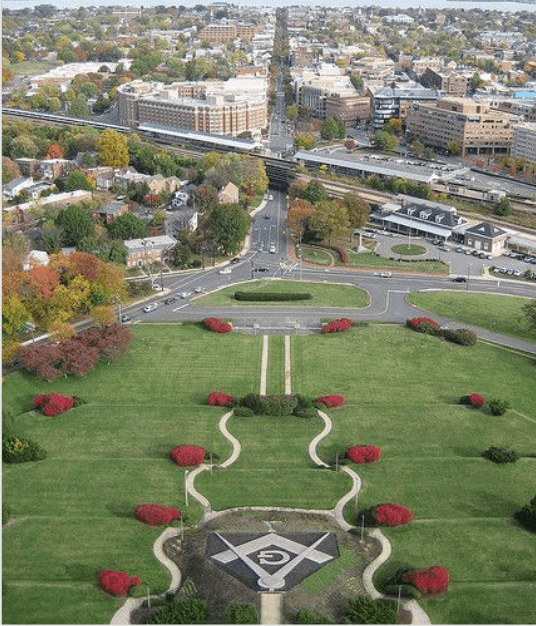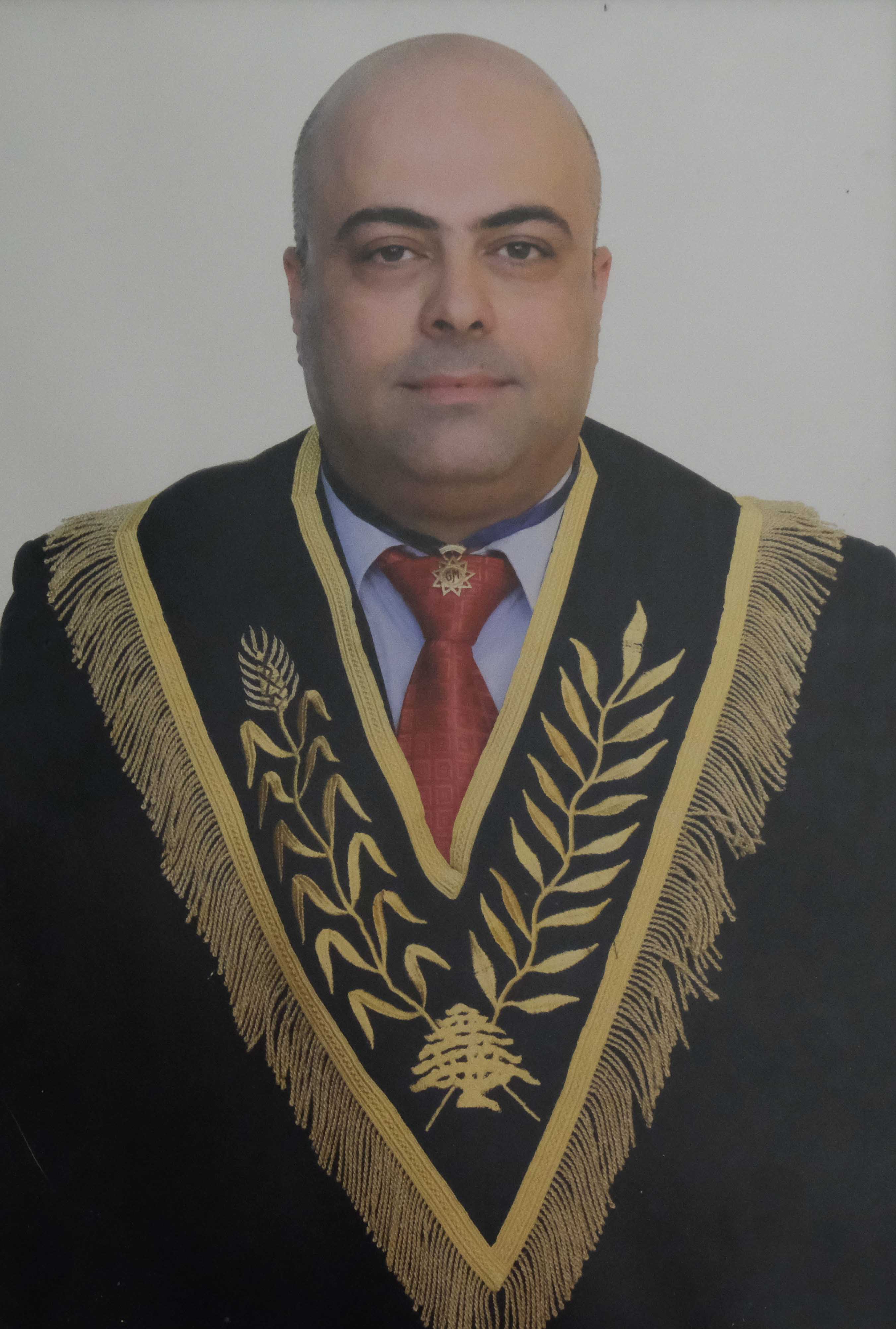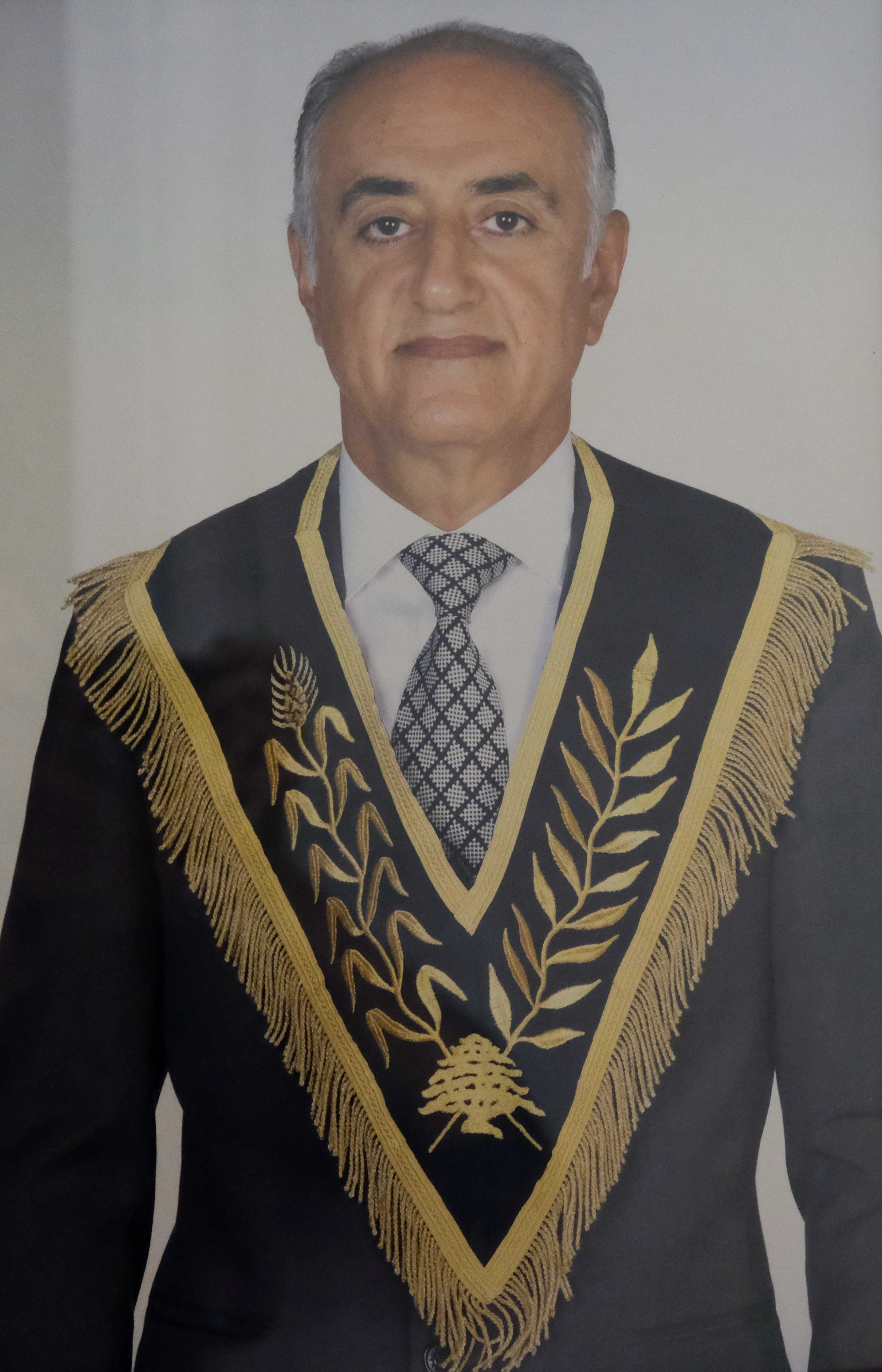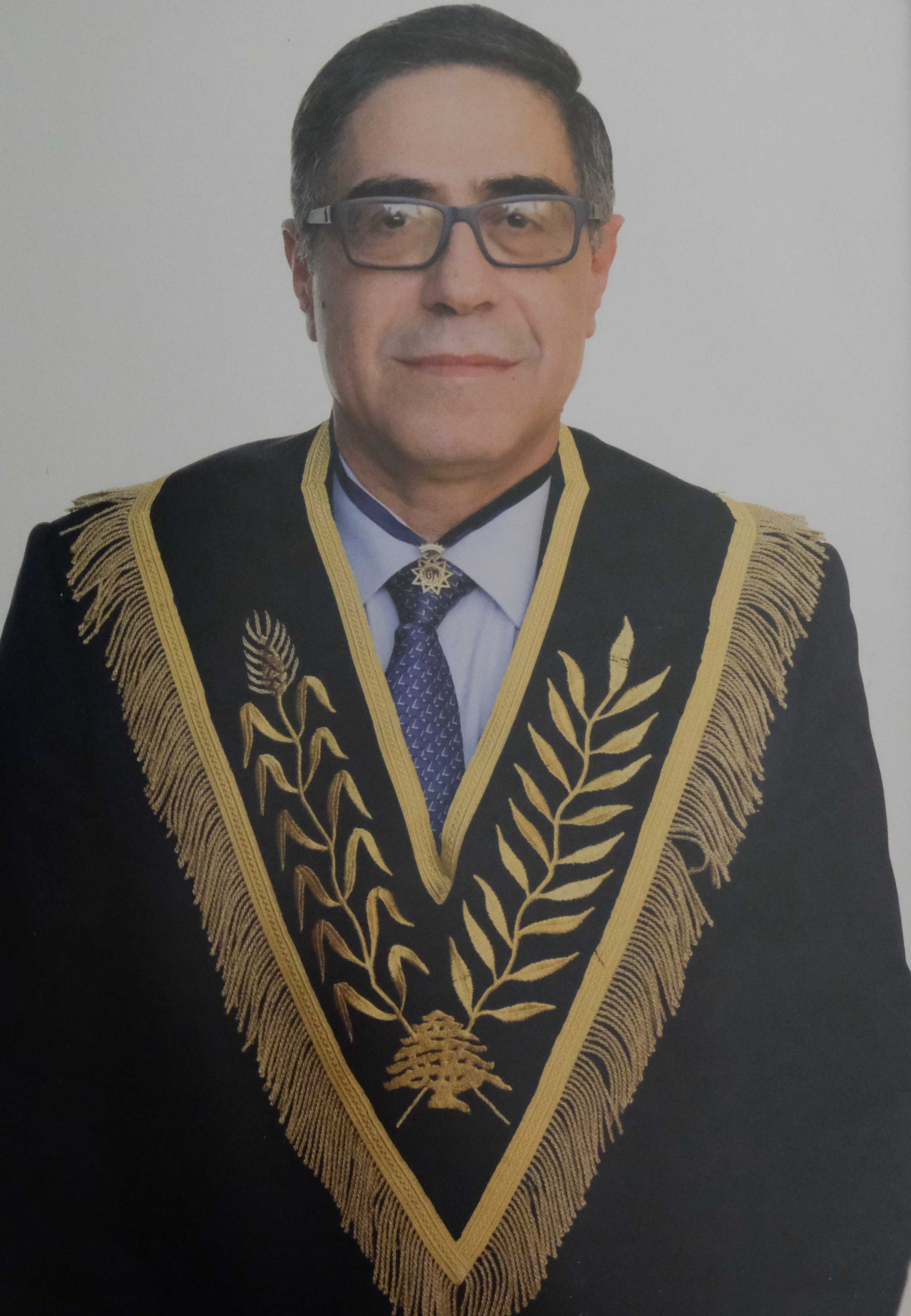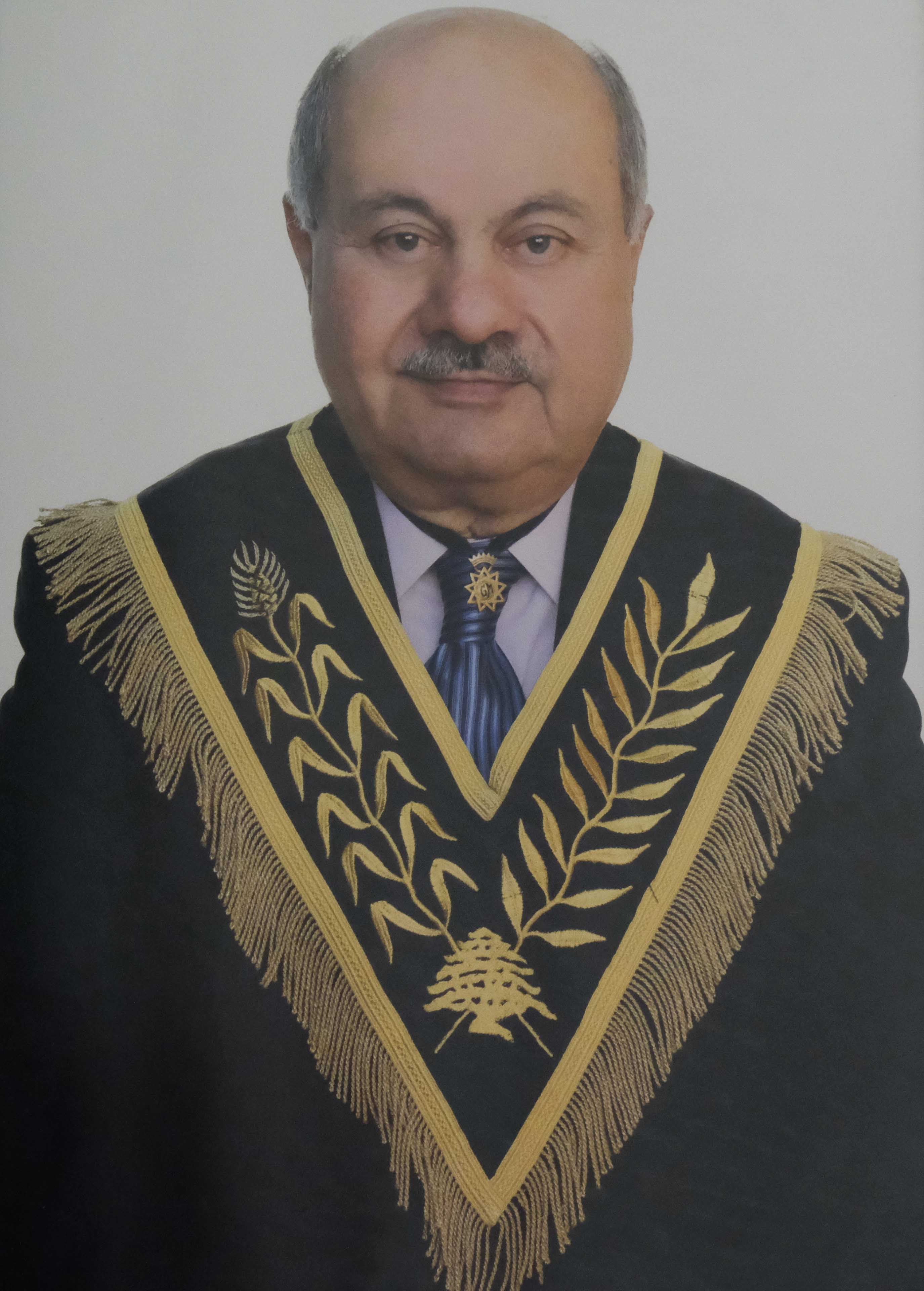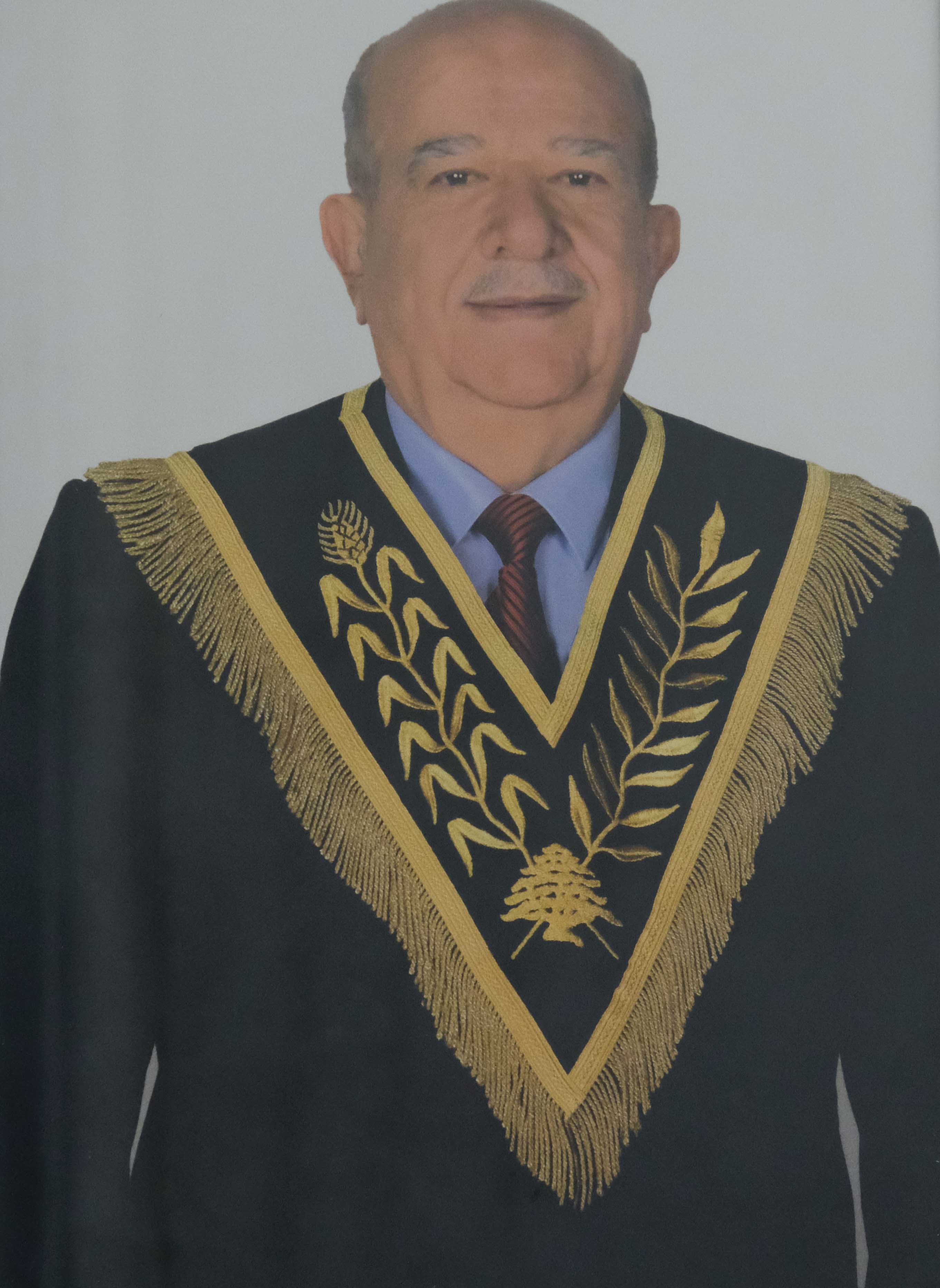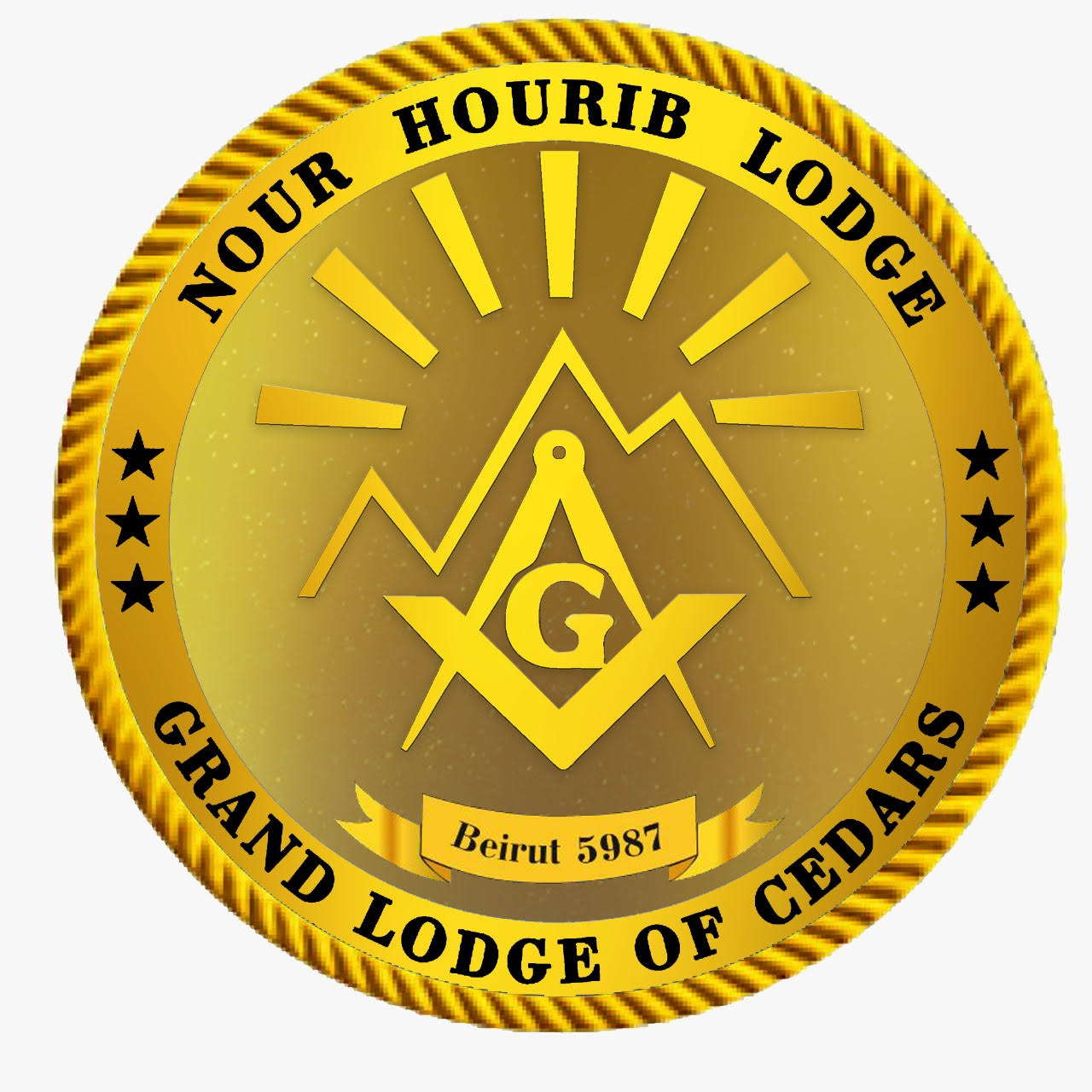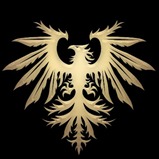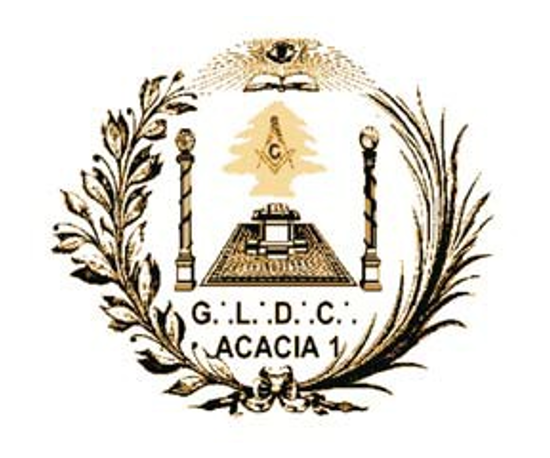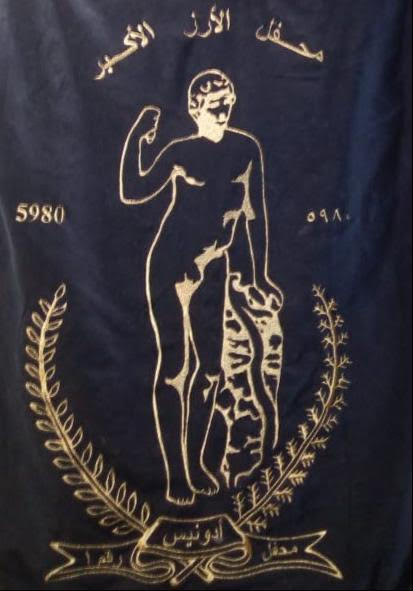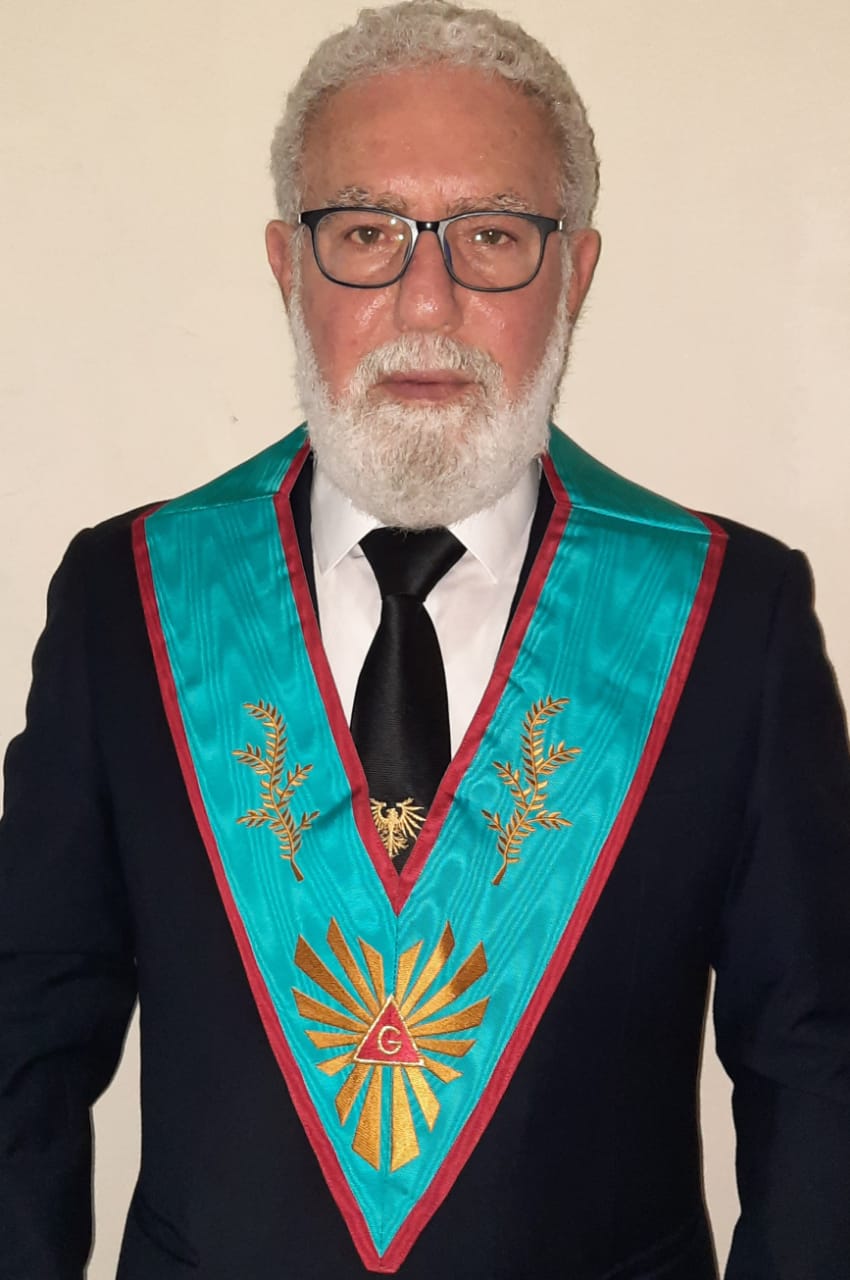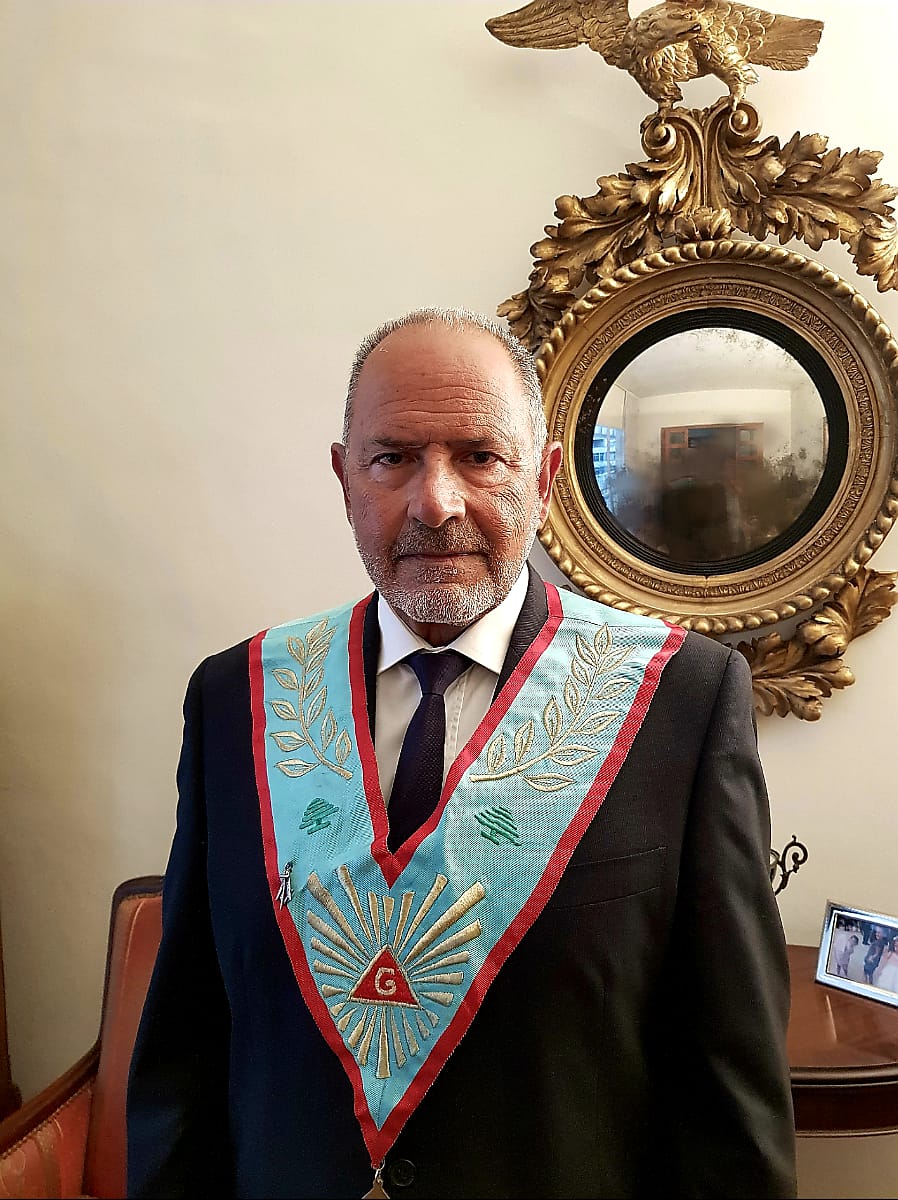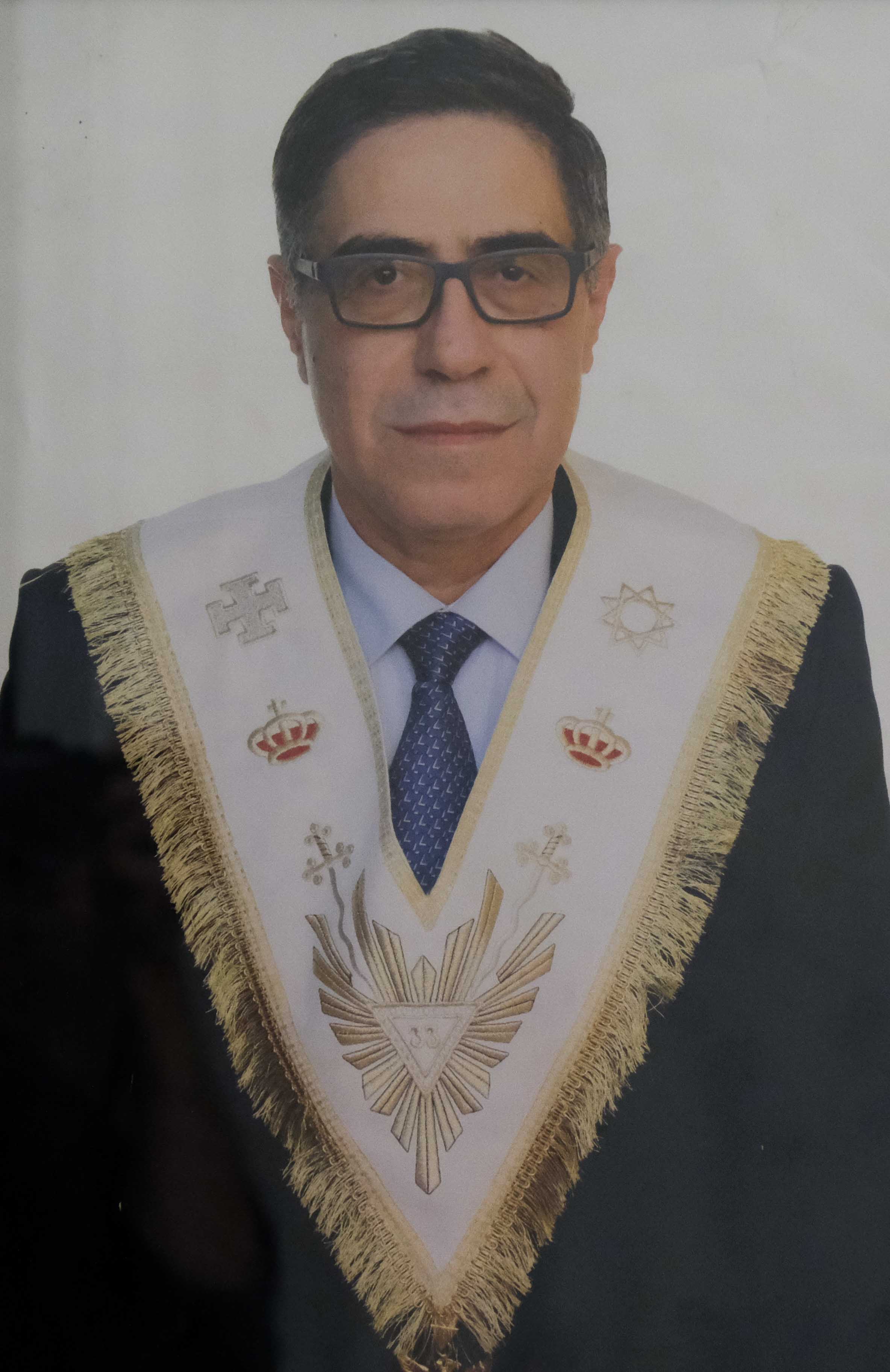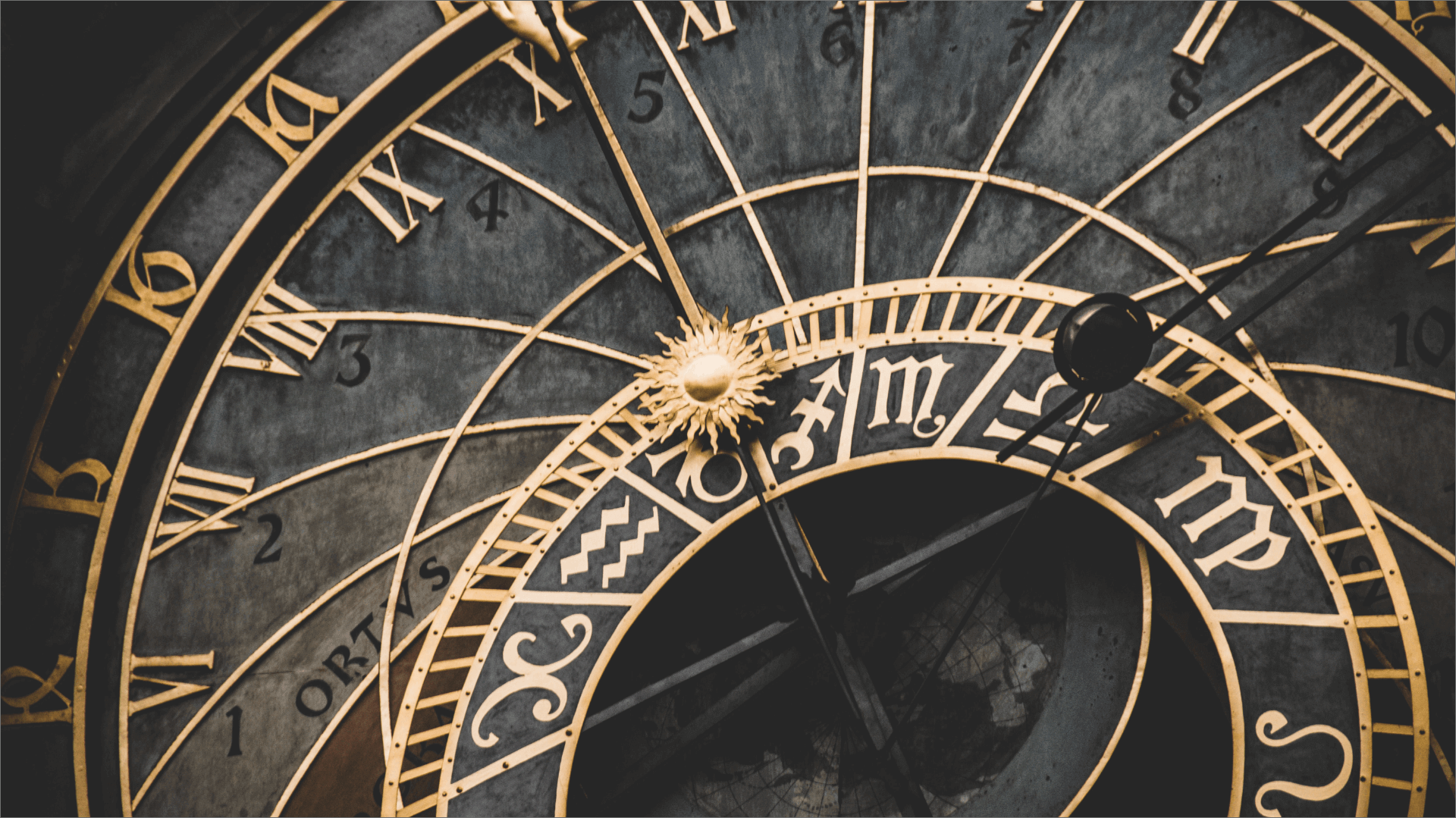
 16
16
Article of the month
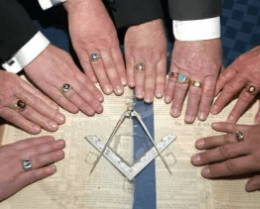
The Unconscious: a child beyond time and space
There is a lot of talk about the Unconscious among laymen. It seems to be a common matter in everyday conversations. Mostly, this generally non-understood psychological entity is referred to with a small “u” which confirms one of the many misunderstandings about it. In fact, there is no relation between the Unconscious and the state of being unconscious except in the distortions of language and in half-meanings. The latter is a physical state in which a being is not aware of what is happening around its own body and/or not in control of behavior, thought or emotion. However, when it comes to the psychological entity that Sigmund Freud, father of psychoanalysis, called “The Unconscious” one should take refuge in a scientific attitude to grab its meaning — for as much as this could be possible. According to Freud, personality is made up of 3 different yet interconnected psychological entities known as id (pronounced as written, not like the acronym of identity card), ego and superego. Those entities are governed by 3 psychological components known as the Conscious, Preconscious and Unconscious. Just as everyday talk distorted the meaning of the ego to the extent that it became almost totally away from its “true” psychoanalytic meaning so did layers of false understanding of the Unconscious turn it somewhere else. The Unconscious is the largest part of our human psyche. In it, time and space operate differently from what we subjectively experience in our consciousness. Events, words, sounds and emotions that a human experienced once at 2 years of age may remain as active when that same person turns 80. A memory in the Unconscious, although it is not possible for a human to bring it out into the Conscious under normal conditions, might appear active in a setting completely unrelated to its original place of happening. Accordingly, the Unconscious is like a child playing with sand at the beach. At any moment that child might dig and place one of the toys in the sand and hide it well enough for other psychological entities to lose its trace because the Unconscious believes that this toy might be a cause of pain for the human. That’s how the Unconscious suppresses memories from early childhood which at that moment of life could be a source of discomfort or hurt. But that same child refuses to open the hole and bring back that toy when a human grows into adulthood. This is because time in the Unconscious is not the same one we are aware of. At this stage of life, the memory that was a possible source of pain might become perfectly trivial but the Unconscious does not “understand” this. Instead it keeps adding layers of “stuff” above it to bury it deeper and deeper while using it to affect our Conscious without our knowledge. When we pick a specific word we do it under the influence of the Unconscious but we don’t know that. We believe that we chose the word fully consciously. This is not necessarily true. The Unconscious unconsciously drives us. It is a master in hiding what it holds just as it is expert in hiding itself so that we refuse to admit that it is controlling us. Keep in mind that denial is one of the methods that humans defend themselves with and it works under the control of the Unconscious. All suppressed material is stored in the Unconscious. They affect us but we don’t know that they are. Sometimes, though, under certain conditions like dreaming, slips of the tong and under psychoanalysis unconscious material seep out. However, they can only do so if they distort their nature and compress it so much to be capable of escaping the tight grip of that “child” that keeps playing regardless of our age. This is why you might see the head of your father on the body of a sexy woman in your dream or hear the voice of a cat as you see your elder brother talk to you in another dream. This is also why you experience opposite feelings to what you “see” in a dream. How many times have you felt so happy to see your best friend in a coffin during a dream? This comes from the many distortions and compressions that unconscious material needs to undergo to escape the Unconscious and reach your Conscious. The fact that this psychoanalytic entity is difficult to understand drove some people to make up a claimed entity they called Subconscious. There is no relationship between this claim and the Unconscious of psychoanalysis. The reason why this so-called subconscious was highly accepted among laymen is not only that it is more readily understandable but also because many influencing people resorted to talking about it. Those people are also among those who don’t understand the Unconscious but deny that fact. This drives them to resort to what they can talk about and pump their appearance of being knowledgeable to their peer humans. Accordingly it is worthwhile to mention that the most dangerous people are not those who don’t know nor those who know sufficiently. It is those who know a little because they appear to be knowing and they make the most of possible atrocities to laymen. Don’t try to stop the Unconscious from controlling you because you can’t. You are “built” this way. Why don’t try to accept its presence and strength and let drive your balanced personality to the best of its performance? Osiris

